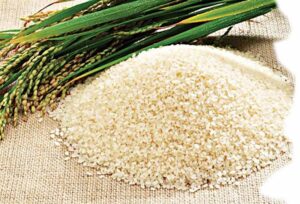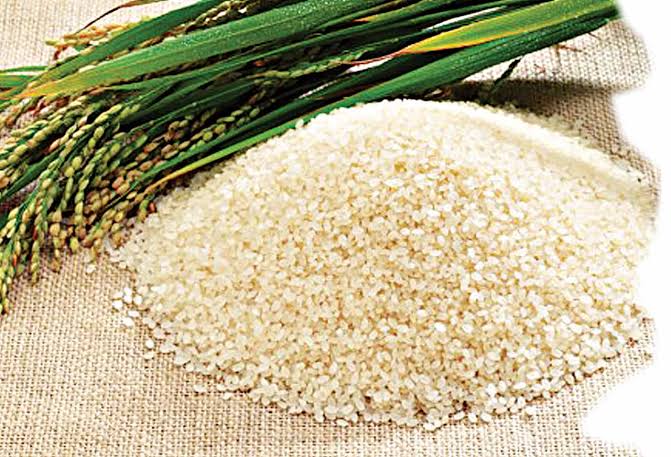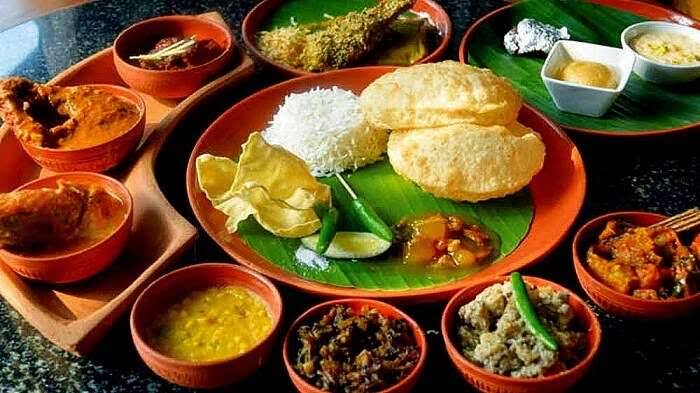According to the findings of the Agricultural Performance Survey conducted in 2017, the approximate rice-cultivated land area was 3.90 million hectares, reflecting a growth of 6.9 percent compared to the 3.17 million hectares recorded in 2016.
The survey additionally revealed that the overall production in 2017 amounted to 8.02 million MT, in contrast to the 6.99 million MT documented in 2016, indicating a substantial growth of approximately 14.7% in output.
Additionally, it was observed that every state documented a rise in crop production, with Lagos State exhibiting the most substantial increase of 30.5 percent.

Rice production in Nigeria, read more below;
Presently, the nation is home to three distinct varieties of paddy fields. The initial category consists of fields irrigated continuously until the crop is nearly mature. The land is purged of its water prior to the collection of the harvest.
This technique is applied to ninety percent of the rice produced worldwide. Rice varieties also exist that are cultivated in regions with abundant precipitation without the use of irrigation.
The third variety, which is cultivated in floodplains during flooding, follows.This technique is limited to small parcels of land and yields rice of inferior quality compared to the alternatives. This technique is employed by the inhabitants of river valleys in Asia.
Northern Nigeria is comprised of the rice-producing regions of Borno, Kebbi, Kano, and Kaduna.
Rice cultivation is prevalent in the Middle Belt states of Taraba and Benue, whereas in the southern region of the country, Enugu, Cross River, and Ebonyi are rice-producing states.
Nigeria, despite being a major producer of rice on the African continent, is also the foremost consumer and one of the largest importers of the grain. Rice production reached a mere 10 million metric tonnes in 2015, whereas the most recent production data places rice production at 15 million metric tonnes as of 2017.
As previously mentioned, Nigeria is a significant importer of rice, procuring approximately half of its own rice requirements.
The country’s potential production capacity is estimated to be 50 million metric tonnes, which is sufficient for both domestic consumption and export. In the country, a total of 2,820 sub-clusters and over 170 rice clusters are present.
Rice cultivation occurs throughout the moist (rainy) season. The plant is grown in agricultural or wetland environments. Nevertheless, rice cultivation is also possible in the arid season. Ten states out of the eighteen principal states that produce rice do so during both the arid and wet seasons.
The states that produce the most rice in the United States are detailed below. The ten states that produce the most rice are:
- Kebbi
- Benue
- Ebonyi
- Ekiti
- Abuja
- Jigawa
- Kaduna
- Kano
- Katsina
- Bauchi
Nasarawa, Taraba, Kogi, Zamfara, Ogun, Niger, Kwara, and Sokoto are some others. Several of these regions that produce rice are highlighted below.
Kebbi State (2.050,000 MT)
Kebbi State has the highest rice production, according to a 2016 report on Growth and Employment in Nigeria by the United Kingdom’s Department for International Development (DFI D). The state produces 2.05 million metric tonnes of rice during the wet season and 1.51 million metric tonnes during the dry season.
Suru is home to one of the most sizable rice cluster localities and the state’s largest paddy market. In 2017, 1.5 million sacks of rice (115,384 metric tons) were produced.
Kano (1,600,000 MT)
Annually, 1.6 million metric tonnes of maize are produced in Kano State. A paddy mill was formally commenced in Kano State in 2017. The anticipated impact of the Fullmark Rice Mill on Kano State’s rice production capacity is an increase.
The mill, alternatively referred to as the Amarava Agro Processors, possesses the mean daily capacity to produce 288 metric tonnes of rice.
The Bank of Agriculture extended a loan facility to rice farmers in Kano totaling 5 billion naira in March 2018. This loan initiative is anticipated to benefit a minimum of 25,000 farmers.
Fertilizers, a water pumping machine, chemicals, a sprayer, and certified rice seedlings comprise the loan package.
Benue State (1,500,000 MT)
Benue State is the nation’s agricultural basket, producing 1.5 million metric tons (MT) each year.
Ebonyi State (1,200,000 metric tons)
For rice production, Ebonyi, which possesses over 72,000 hectares of arable land, has established a goal of six tonnes per hectare. Rice production in the state amounts to 1.2 million metric tonnes.
Read Also: 8 Interesting Facts About Nigerian Actress Bimbo Ademoye
Kaduna State (732, 420 MT)
Kaduna is among the nation’s leading rice-producing regions. In this province, the rice-growing community comprises more than 300,000 farmers.
In an effort to increase rice production in the state, the State Government is presently engaged in a collaborative effort with Vicampro Farms, a French company, to construct a rice processing facility.It is anticipated that 60% of the rice produced in Kaduna State will be exported upon the completion of this factory.
Recent rice production in Kaduna has been increased with the assistance of Popular Farms and Mills, a Kano-based company that collaborated with the State Government to provide certified rice seeds to local producers.
In addition, Popular Farms and Mills and the Competitive African Rice Initiative (CARI) have partnered to incorporate 20,000 rice producers into competitive and sustainable business models, which will result in increased paddy production and quality enhancements.
Ogun State(636, 670 MT)
By prioritizing self-sufficiency, Ogun State has transformed from a mere major rice producer to a major rice processing state within the nation.
Additionally, the Ogun State Government introduced Ofada, a locally cultivated rice variety priced at N11,500 per sack. The Mitros Rice, an agricultural product, was cultivated in the Egua Land region of Yewa Local Government. The processing occurs in the Abeokuta neighborhood of Asero.



